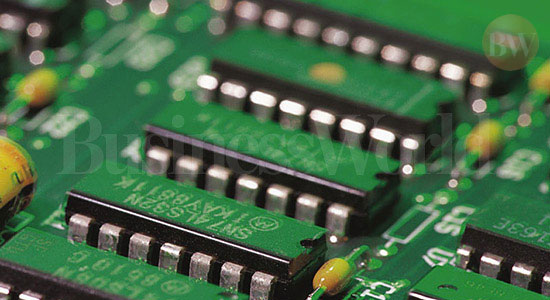MANILA – The country’s electronics sector posted a record export revenue of over USD32 billion in 2017, regaining its strength after the market slowed down in the past six years.
Semiconductor and Electronics Industries of the Philippines Foundation Inc. (SEIPI) reported that electronics export revenues surged by 11 percent to USD32.7 billion last year from USD29.4 billion revenues in 2016.
In a briefing Tuesday, SEIPI President Dan Lachica said the sector went back to the USD30-billion export value level after the market declined in 2011 until 2016.
Lachica said the country posted the USD30-billion level export revenues for electronic goods in 2007 and 2010.
Semiconductors still shared the highest exports at USD23.74 billion last year, growing by 12.17 percent from 2016’s revenue of USD21.16 billion.
Exports of electronic goods, such as electronic data processing, office equipment, consumer electronics, communication/radar, and control and instrumentation, registered positive growth in 2017, while revenues of telecommunication electronics, medical/industrial instrumentation and automotive electronics declined in the previous year.
Despite the robust growth in 2017, the industry set this year’s target exports expansion at conservative growth of 6 percent, following the lower end of the global electronics market growth forecast of 6 to 8 percent for 2018.
Lachica said the 6-percent growth this year is also realistic coming from a bigger base in 2017.
To further strengthen the growth of the electronics sector, SEIPI is launching this year its industry roadmap called Product and Technology Holistic Strategy (PATHS).
PATHS aims to diversify the country’s electronics exports from manufactured electronic goods to service-oriented electronics exports, such as integrated circuits design and research and development.
With the new roadmap, the industry targets revenues of USD40 billion and USD50 billion in 2025 and 2030, respectively.
To support the revenue goals, SEIPI aims for the country to attract additional investments of USD1.5 billion to the industry by 2020, USD3 billion in 2025, and USD5 billion in 2030.
Lachica estimated the industry had less than USD1 billion new investments last year.
“The key is bringing in new technology,” he said.




